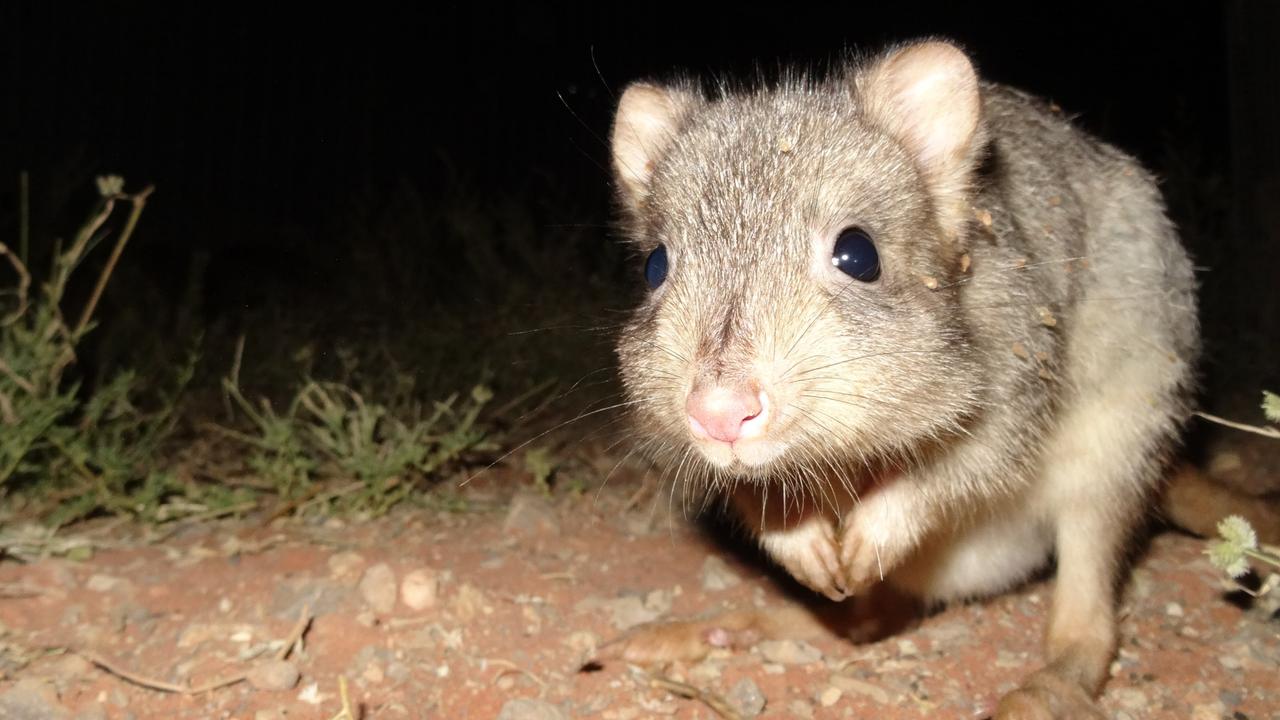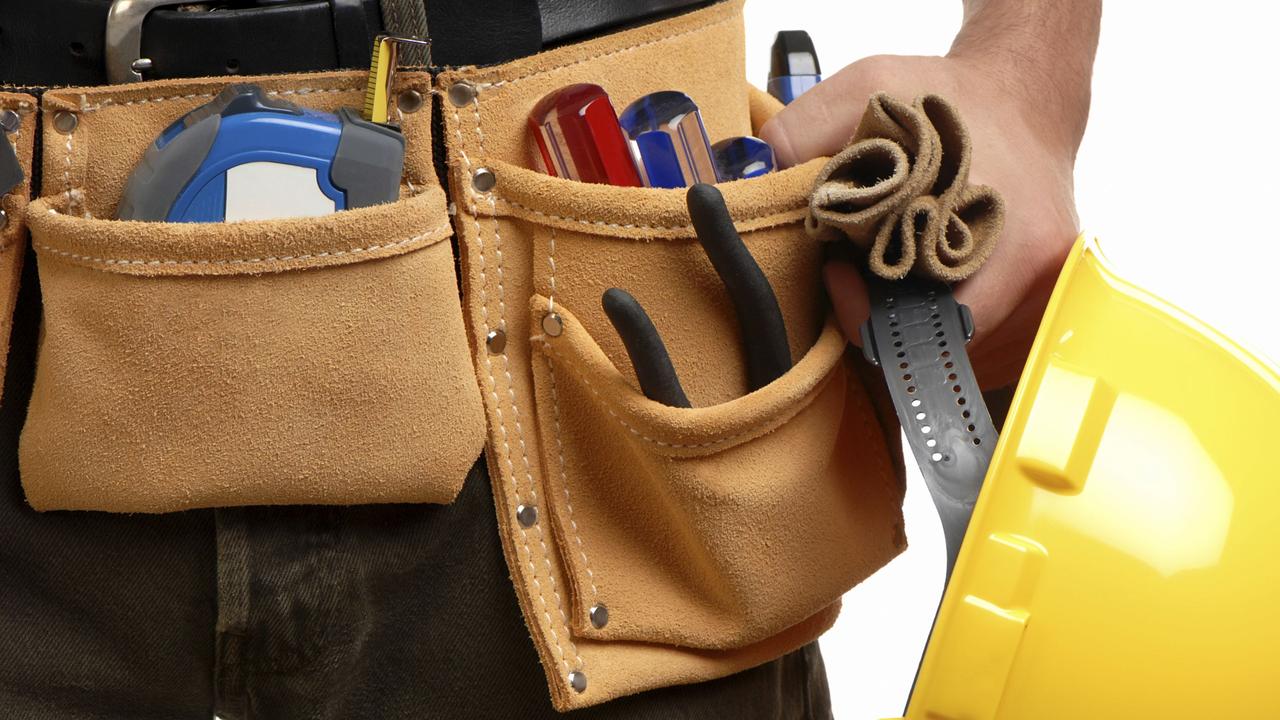Lee Makk, the refugee nurse who died helping children in need
In a war infamous for its unimaginable tragedies, an Adelaide nurse on an ill-fated mission to save its most innocent victims stands out.
SA News
Don't miss out on the headlines from SA News. Followed categories will be added to My News.
The last time Jules Makk heard his big sister’s voice it was on a cassette tape posted back from Vietnam.
Lee spoke about the local people and their customs, the markets she was shopping in. She spoke about the American radio shows she was listening to and she spoke about President Nixon.
Not long after sending the tape Lee was dead, killed in a tragedy that stands out even in a war that was overflowing with tragedies.
“My older sister Lee had a kind heart and she wanted to care for children,” musician and artist Jules said from his Queensland home.
“She volunteered for service in Asia to help these orphans, having no children of her own.”
The orphans Jules talks of are the thousands of babies and young children evacuated from Vietnam at the end of the war. The children, more than 3000 in total, were adopted by families in the US, Australia, France, Germany and Canada as part of a humanitarian operation known as Operation Babylift.
For Lee, a skilled and compassionate nurse from Adelaide, Operation Babylift was a chance to make a difference in the world. It was a chance to help those dislocated, just as she was, by a raging Cold War that pitted two opposing political ideals against each other.
Lee knew that the children were the real losers in any conflict, and she wanted to be there for them. To make them well, or perhaps just hold their hand so they felt a little less scared.


Lee Makk was born Gyoparka Maria Makk in Hungary in 1945, daughter number three in a family that would eventually contain seven daughters and a son. In 1956 the Makk family fled Hungary in the wake of the Soviet invasion and spent two years in a refugee camp in Austria. Lee’s sister Veronika even featured on the cover of Life magazine, being held by then-Vice President Nixon.
After two years in the camp, the Makk family was accepted for immigration to Australia.
“They took a boat to Australia and landed in Brisbane, a migrant camp out west near Ipswich,” Jules says. “That’s when I was born into this world.”
For the Makks, Australia was “the lucky country, land of the free, where if you worked hard and smart you could do really well”.
“My family made a perilous journey, at night, over fields with snare trip wires and landmines, to the Austrian border and escaped from Hungary, ” Jules says.
“There was martial law instigated, and escapees and refugees were shot on sight by Russian soldiers and the militia of the hated and despised Hungarian secret police.
“There was my father, my mother and six children, aged between two and 16.
“My sister Lee was called Gyoparka, which translates to Edelweiss, the small white flower, in Hungarian. She was 14 years old.”
The Makks moved from Brisbane to Adelaide, where Lee followed her older sister into the nursing profession.
She was working with the mentally ill in what was then known as Glenside Hospital, when she asked for leave to work with the Save the Children group in Saigon.

The Lockheed C-5A was a cargo plane, but the cargo it was carrying on April 4, 1975, was the most precious of all.
On the tarmac of Tan Son Nhut air base was Rosemary Taylor, a trained Catholic lay worker from Adelaide who had already devoted years of her life to the children of Vietnam.
Taylor was helping to co-ordinate the loading of dozens of vulnerable orphans onto the huge aircraft. The tiny ones were to be strapped to the crew seats in the top of the plane. The older ones would have to travel, along with the adults, in the cargo hold. Taylor didn’t like the idea but the alternative — leaving the children behind — was unthinkable. Human chains were formed to ferry the children across the tarmac, and tears streamed down the faces of Vietnamese helpers.
Taylor must have felt comforted by the fact that Margaret Moses and Lee Makk, two women with huge hearts who hailed from her hometown, would be on board to care for and comfort the children.
On the bus trip to air base Lee was heard singing songs to the children in a language nobody recognised. When her family was later told this they knew she must have been singing them the Hungarian folk songs and lullabies she’d learned as a child.
The C-5A was over the South China Sea when the rear door was blown from its hinges. Fragments of steel and aluminium flew threw in all directions, severing control cables and knocking out hydraulic systems.
The plane plunged into a perilous dive as captain Dennis “Bud” Traynor and his crew radioed in mayday calls and desperately wrangled with the controls in an attempt to level off. Eventually some semblance of control was gained, and the aircraft limped toward Tan Son Nhut for an attempt at an emergency landing.
Three kilometres out the plane could fly no more, and the pilot aimed for a flooded rice paddy. The huge aircraft aquaplaned across the water, smashing into an earthen dyke. It was travelling so fast that the dyke actually sent it flying across the 150m Saigon River before smashing down in another paddy.

Torn apart by the impact, the plane lay burning in the field. The cargo compartment, filled with the older orphans, was completely crushed. More than 130 people, including 78 children, perished on that day, Margaret Moses and Lee Makk among them.
It was Lee’s 30th birthday.
The crash rocked the Australian public, terrible news in what had been until that point had been a good news story.
“SA GIRLS DIE” was the front-page headline on the Sunday Mail. For 13-year-old Jules the press interest was an unwelcome intrusion into his family’s grief.
“I answered the door to two newsmen who looked a lot like the blues brothers,” Jules recalls. “They had a betamax camera and shoved a microphone in my face fishing for comments. I had nothing to say, I was shocked and heartbroken.”
Jules, now 59, says he still thinks of Lee regularly.
“The real tragedy is that humans continue with this conflict on all levels and in all areas of society,” he says.
“The wars never cease and the violence never ends. However, there’s a lot of beauty and wonder to enjoy.
“This is what I have learned in my journey from a 13-year-old boy to a grown man of nearly 60. And I still miss my sister.”



